A female header is an electrical connector designed to receive and make connections with male header pins. It consists of a plastic housing with metal or conductive elements that align with and accept the male pins. Female headers are commonly used in electronic devices, circuits, and PCB (Printed Circuit Board) designs to establish secure and reliable connections between various components.
These versatile connectors find extensive usage in applications such as Raspberry Pi setups, Arduino projects, custom PCB designs, and more. They enable the transmission of signals, power, and data between different electronic components, ensuring seamless integration and reliable functionality.
Female headers play a crucial role in establishing connections and providing flexibility in electronic projects. They offer a convenient and standardized interface for mating with male headers, making them an essential component in the world of electronics and circuitry.
Features of the Female Header
1. Pitch: 2.54mm
2. Gender: Female
3. Number of Pins: 40 Pin
4. Type of Row: Single-Row
5. Type of connector: Straight
6. Application: Electronic devices and PCB designs
7. Compatibility: Designed to match 2.54mm male headers
Applications of the Female Header
1. Electronic Devices: Female headers are widely used in electronic devices, such as computers, printers, routers, and various consumer electronics, for connecting different components and establishing electrical connections.
2. Printed Circuit Boards (PCBs): Female headers are commonly utilized in PCB designs to provide secure and reliable connections between the board and other electronic components, such as microcontrollers, sensors, and displays.
3. Raspberry Pi and Other Development Boards: Female headers are often employed in development boards like Raspberry Pi and Arduino to enable easy connection of expansion modules, sensors, and other peripherals.
4. Robotics and Automation: Female headers find applications in robotics and automation systems where they are used to connect various modules, motor drivers, sensors, and actuators, facilitating the control and communication between different components.
5. Prototyping and DIY Projects: Female headers are essential components in prototyping and do-it-yourself (DIY) projects, allowing for the easy interconnection of different electronic components on breadboards or custom-designed circuits.
6. Industrial Electronics: Female headers are utilized in industrial electronics for connecting control panels, power supplies, communication modules, and other devices in manufacturing and automation systems.
7. Automotive Electronics: Female headers are employed in automotive applications for connecting various electronic components, such as sensors, actuators, control units, and infotainment systems, enabling communication and control within the vehicle.
8. IoT (Internet of Things) Devices: Female headers play a crucial role in IoT devices, facilitating the connection of sensors, wireless modules, and microcontrollers, allowing for data collection, transmission, and control in IoT applications.
9. Audio and Video Equipment: Female headers are used in audio and video equipment, such as amplifiers, speakers, and display devices, to establish connections between different circuit boards and audio/video components.
10. Educational Projects: Female headers are commonly used in educational projects, robotics competitions, and STEM activities to teach electronics and facilitate hands-on learning experiences.


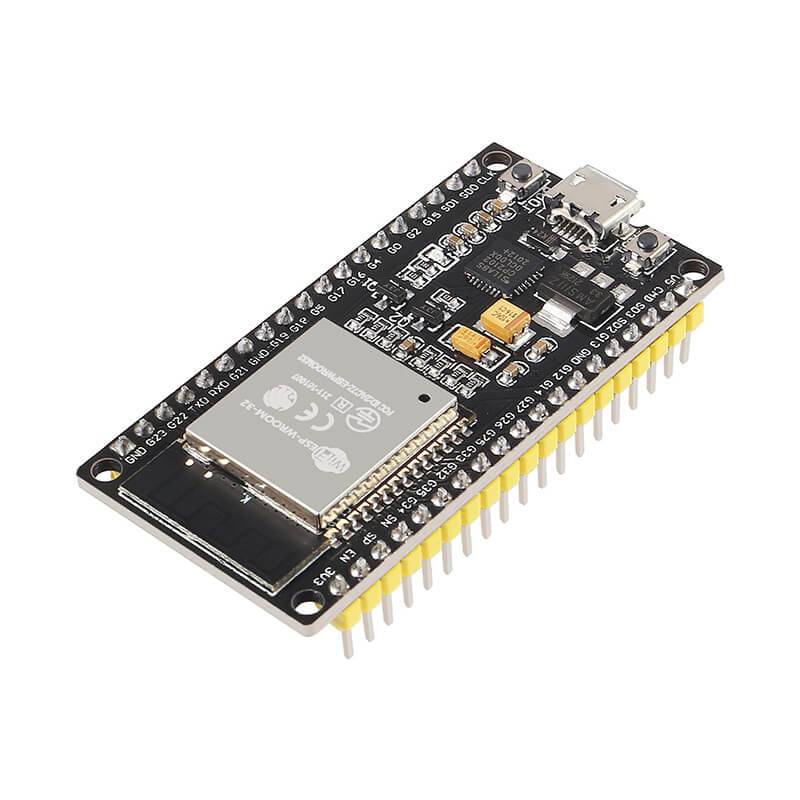
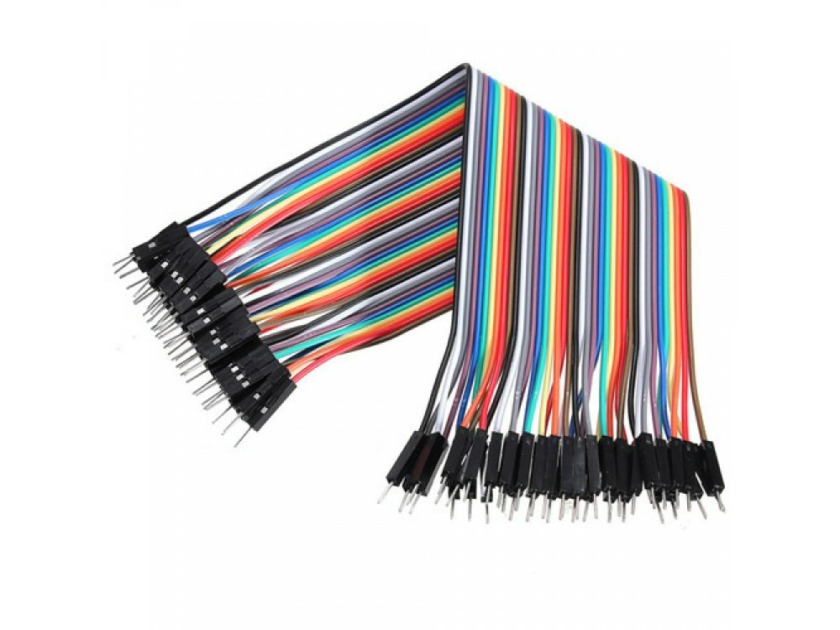

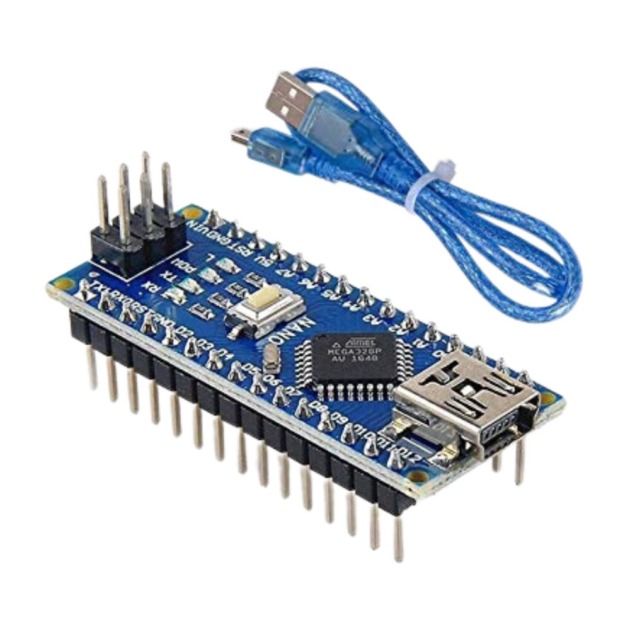
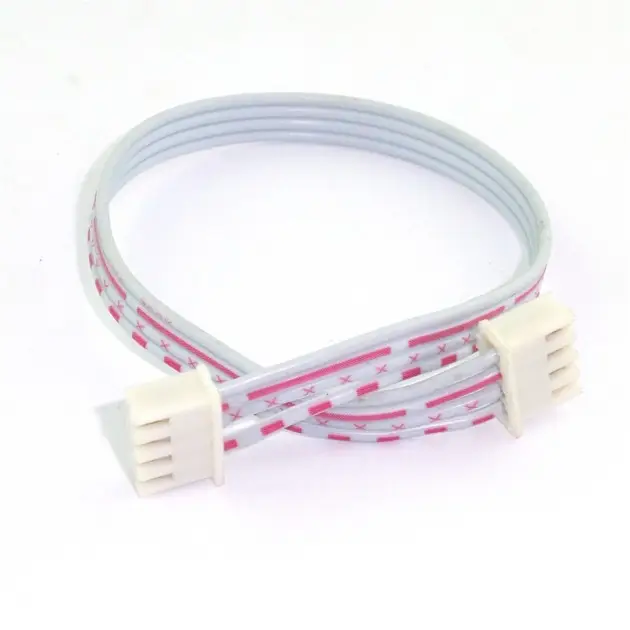
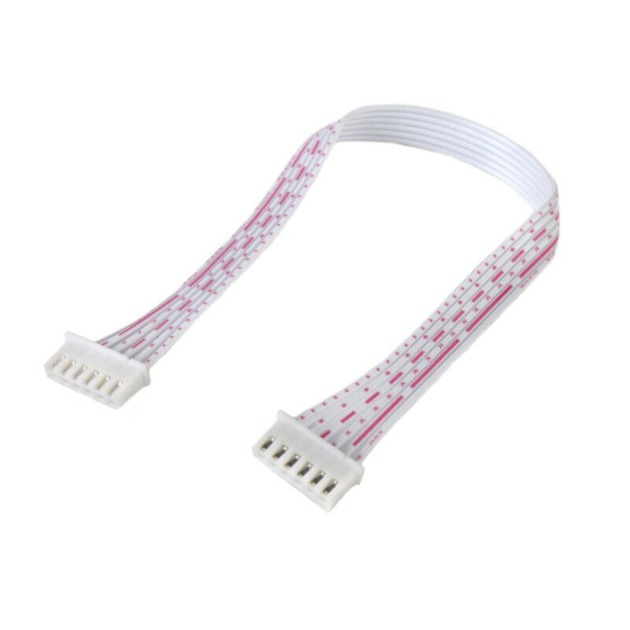
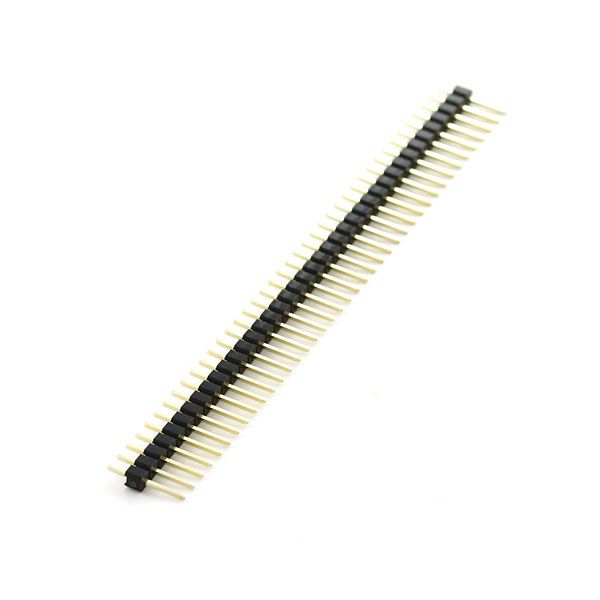
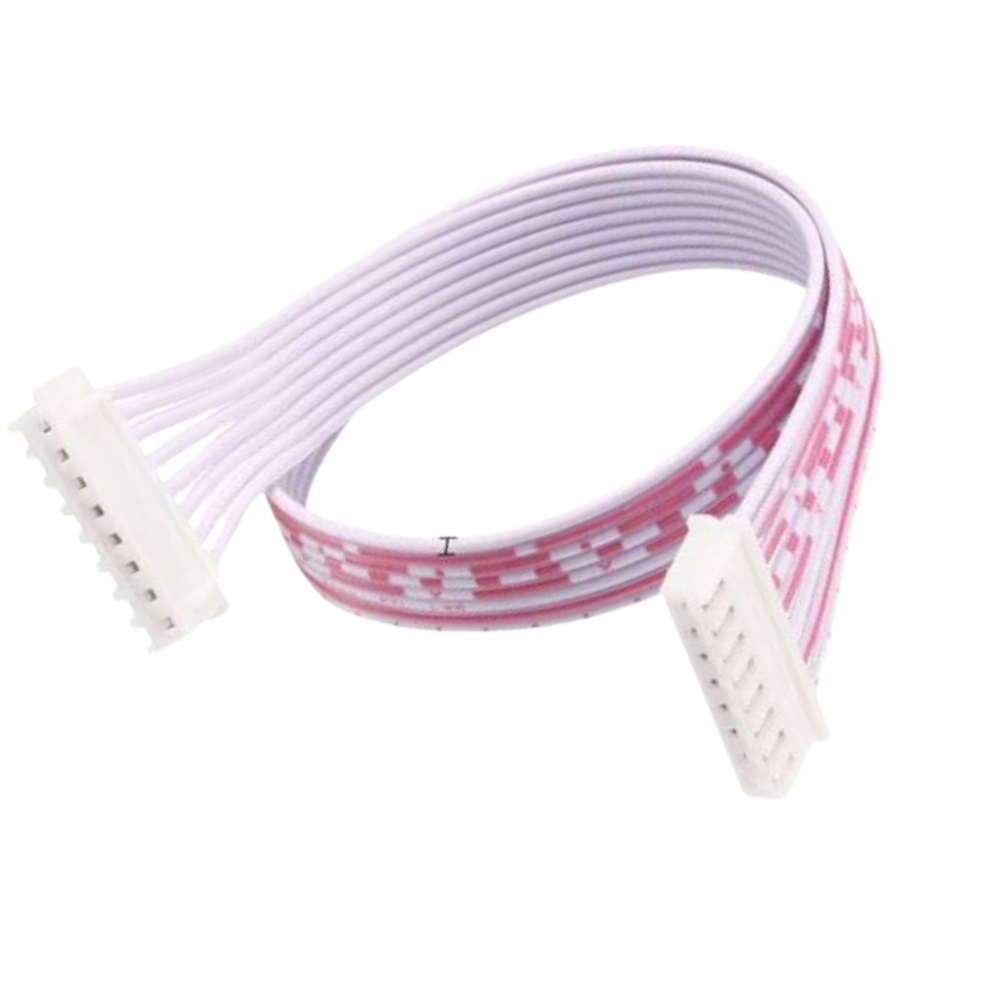
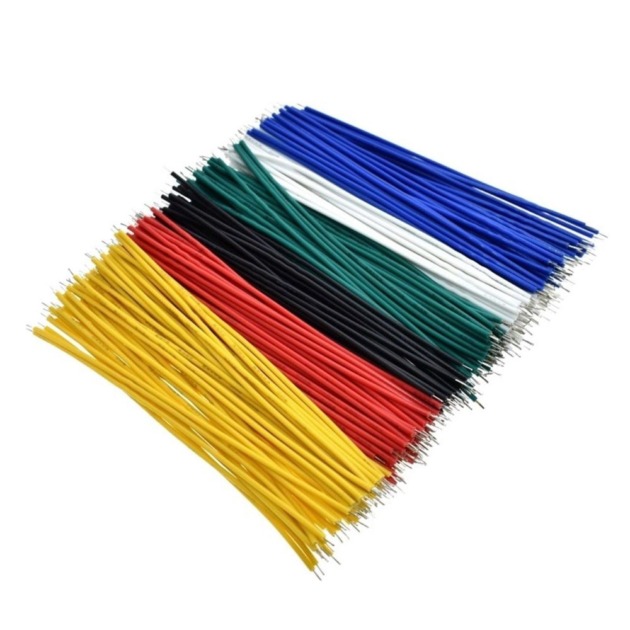

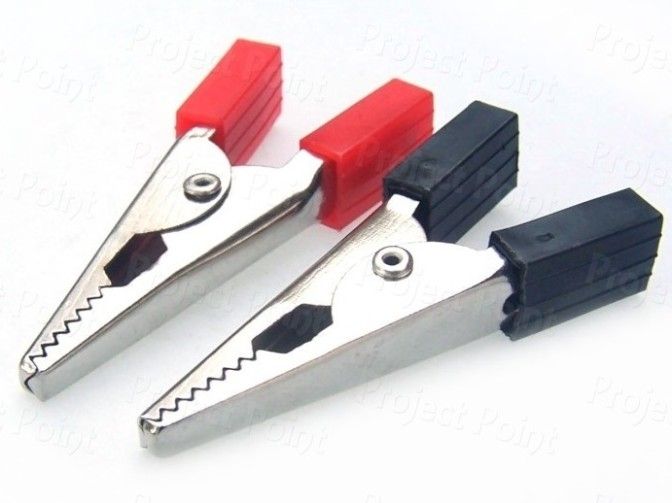
Reviews
There are no reviews yet.